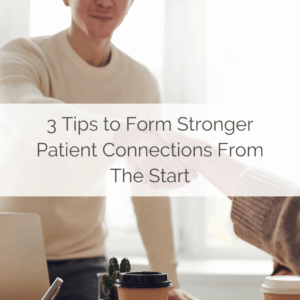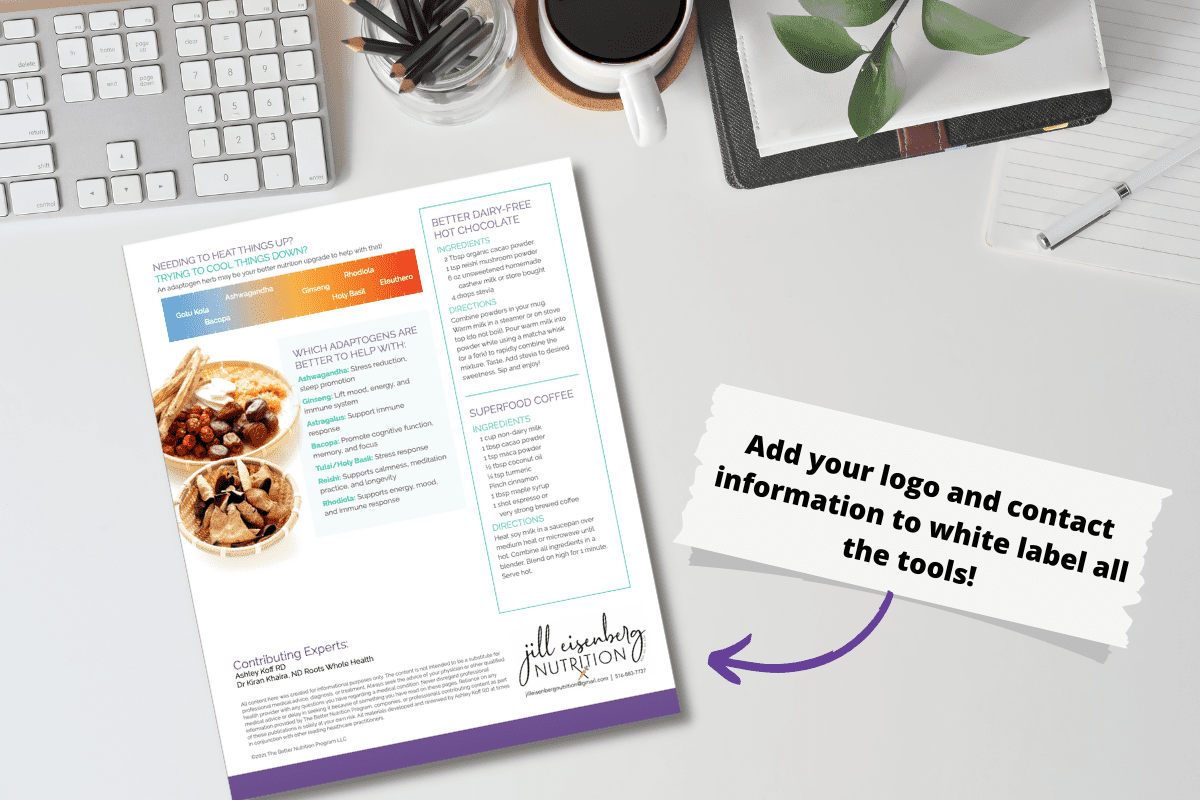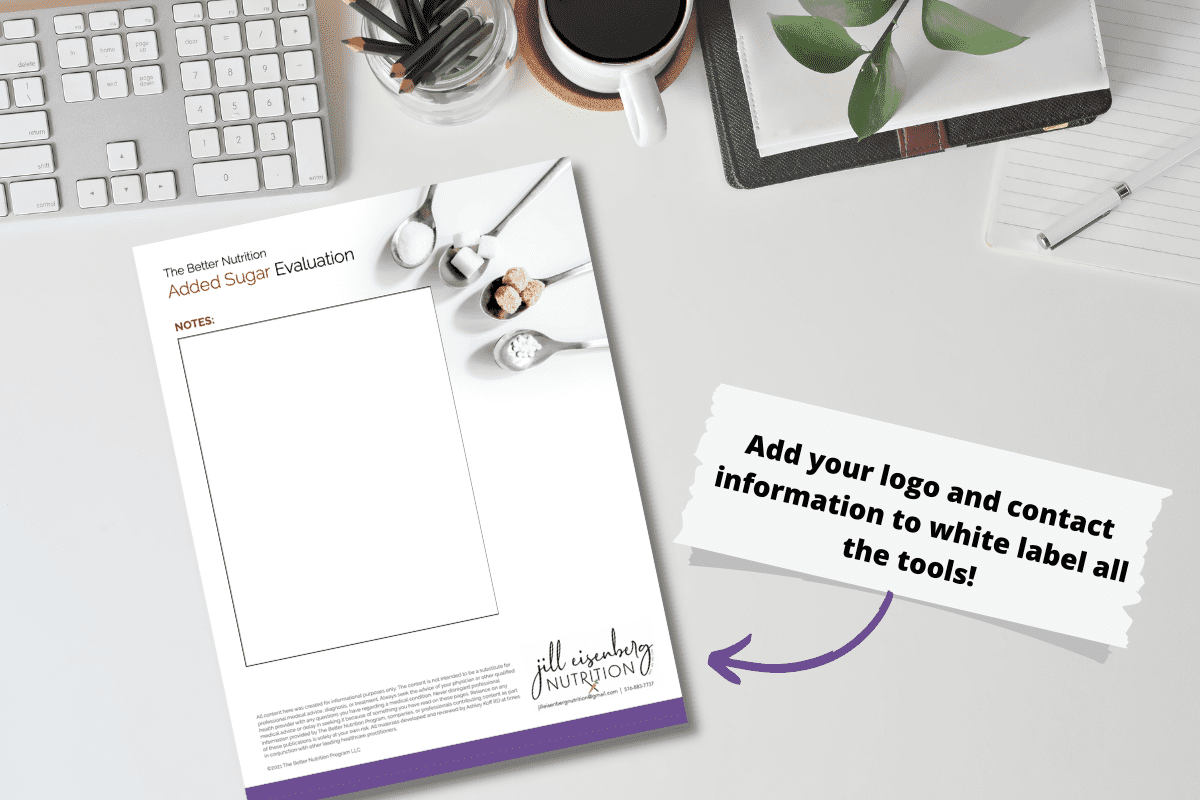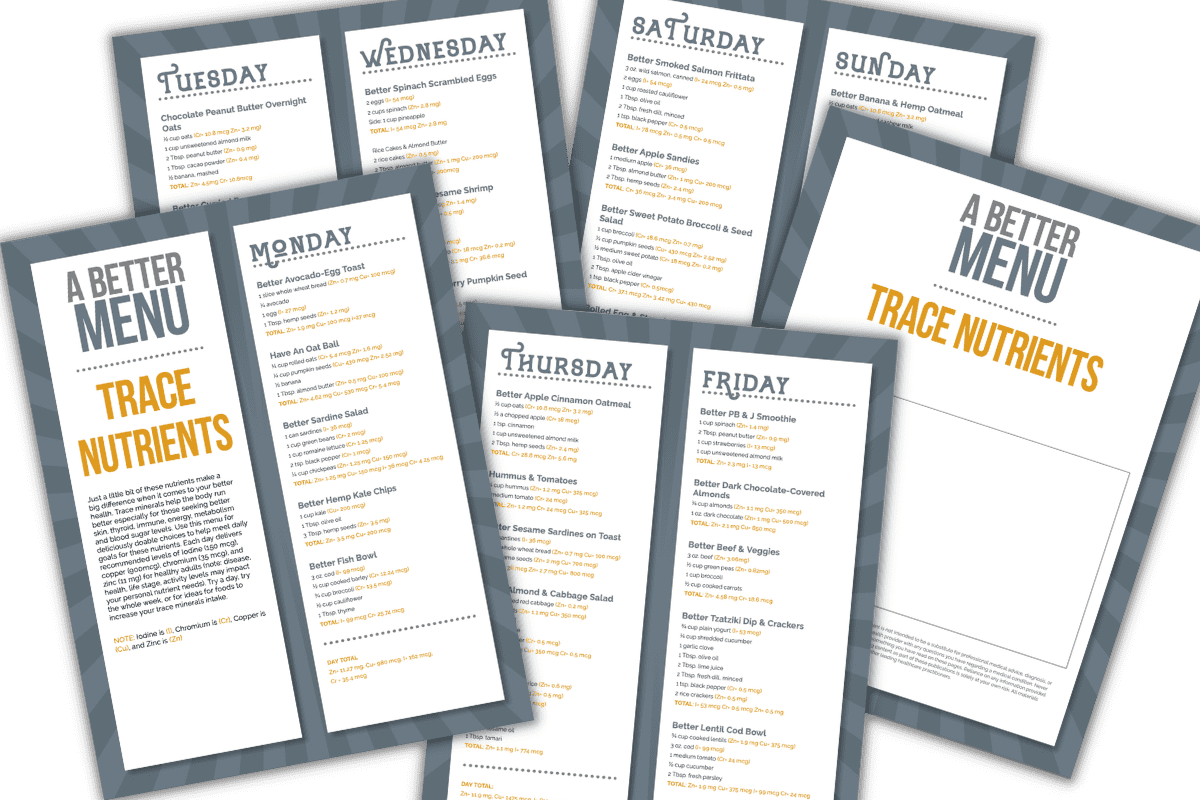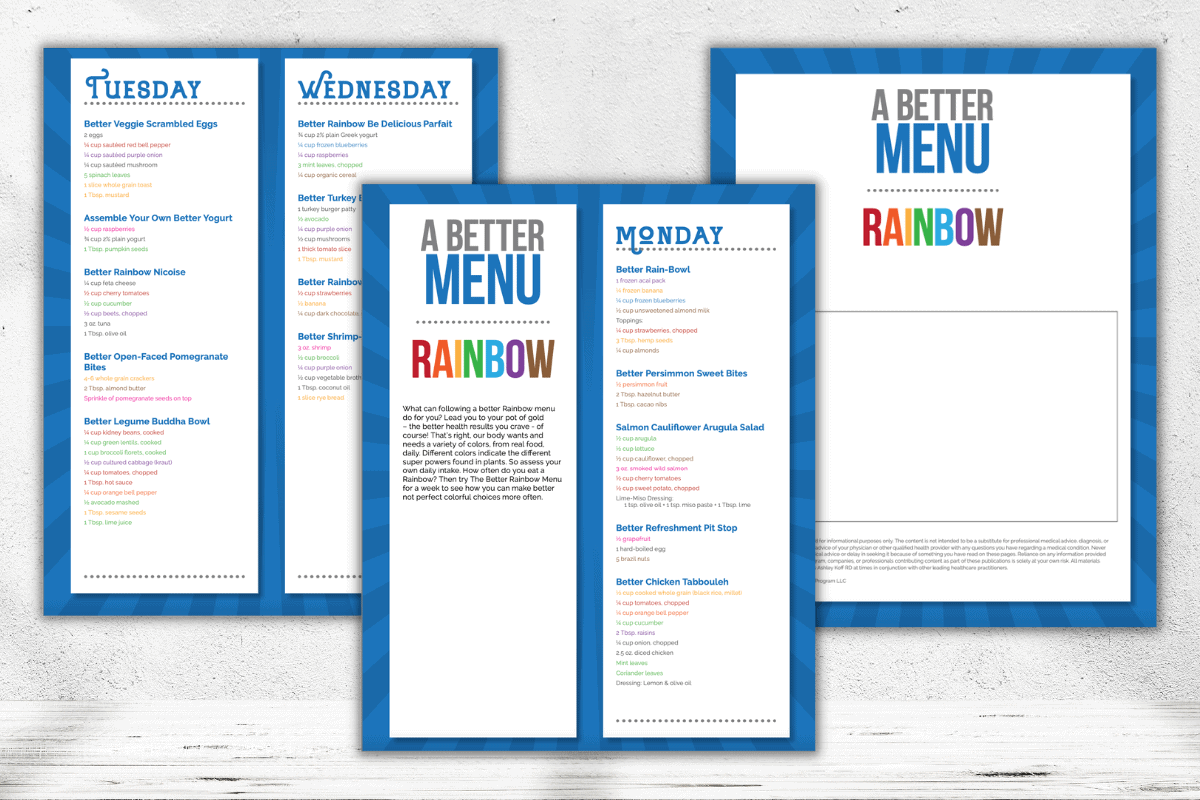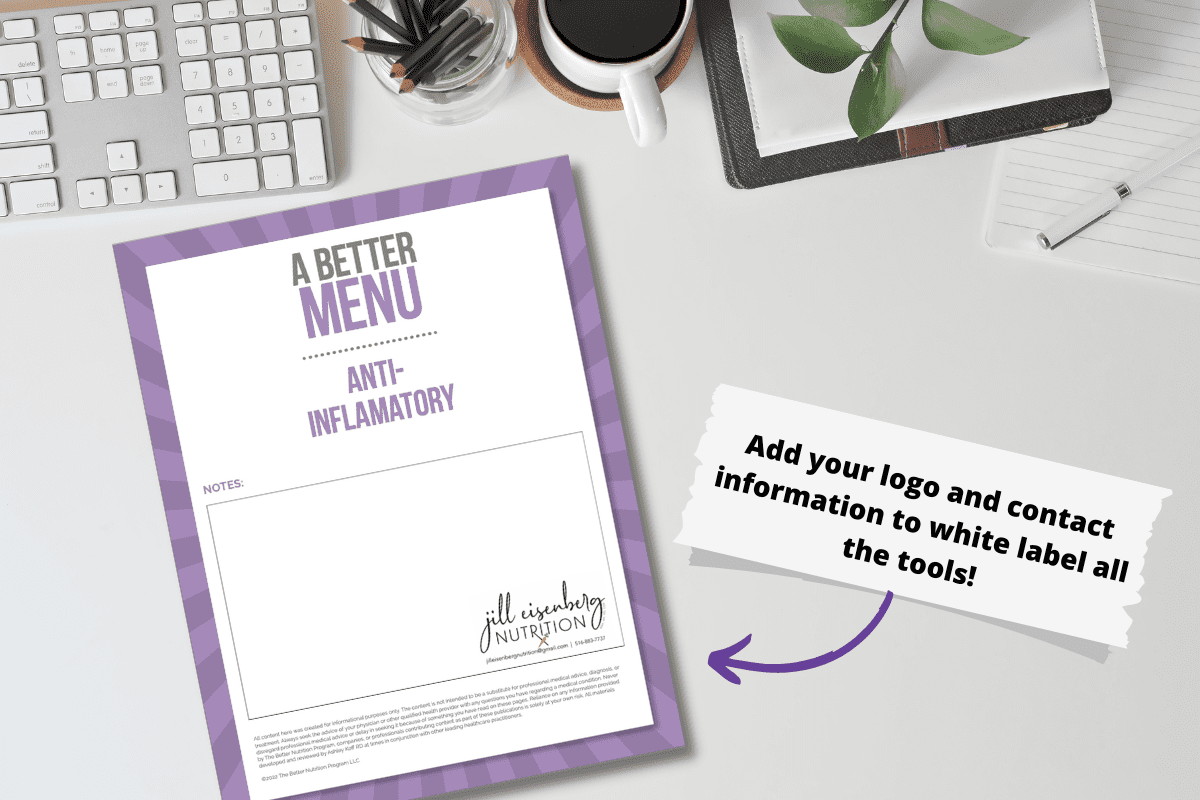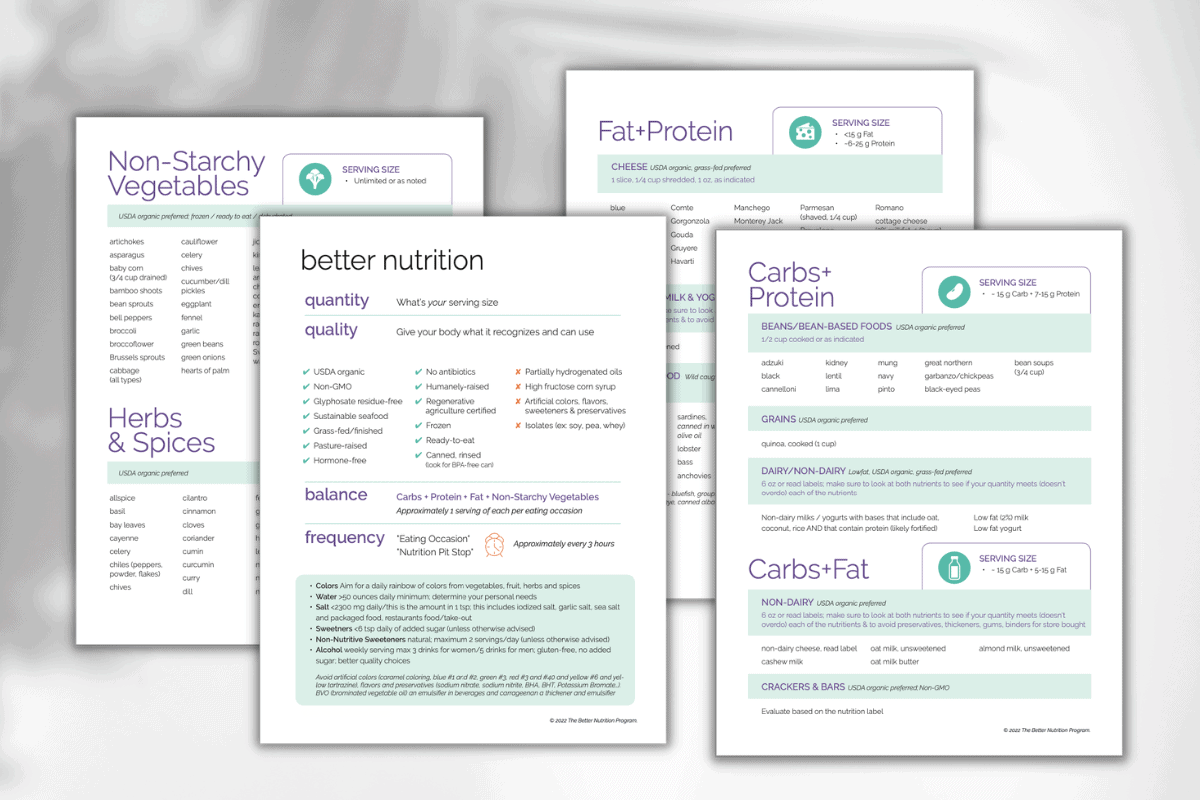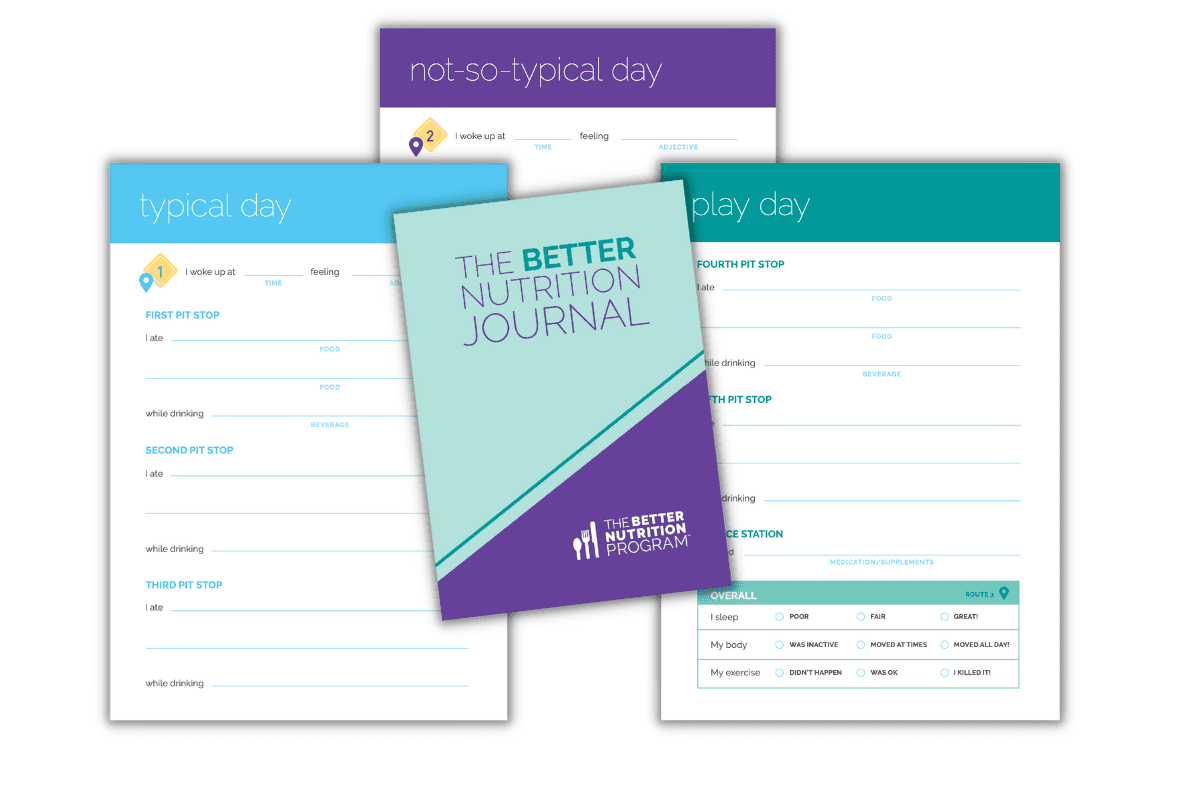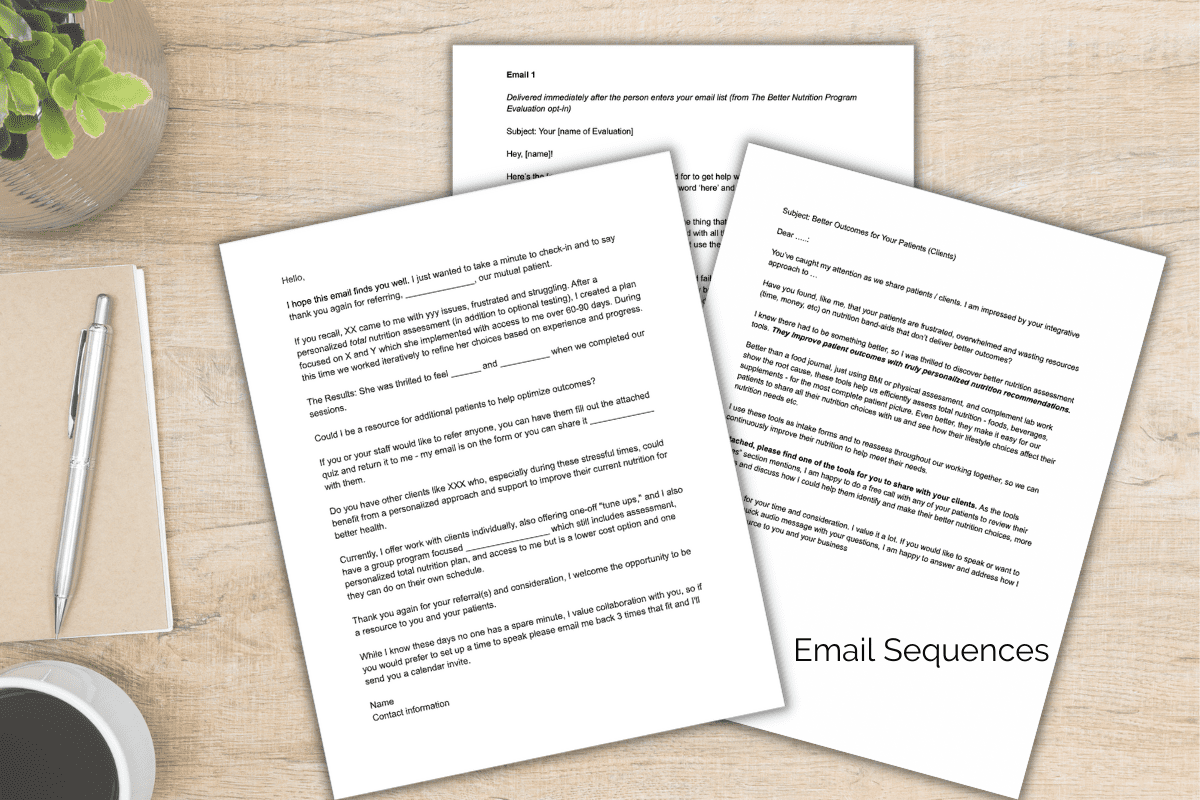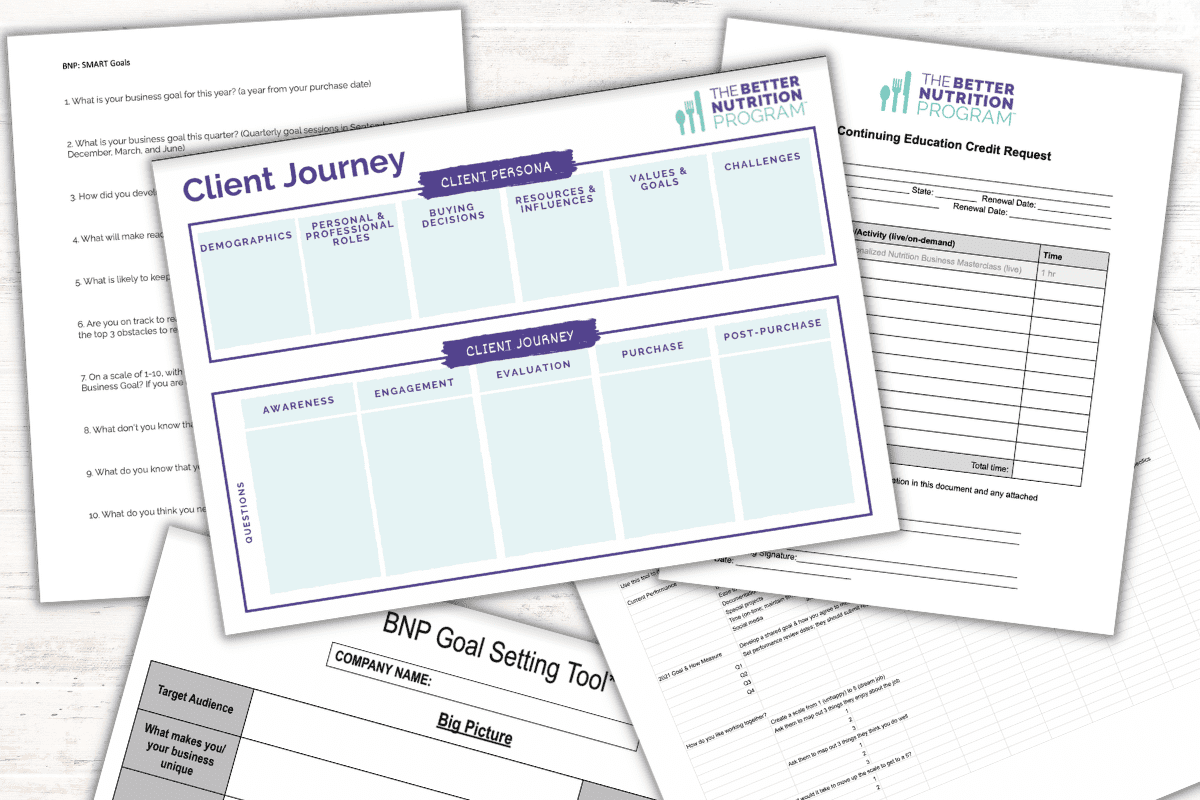What could forming stronger patient connections from the start do for your practice? It’s safe to say that nearly every practitioner has worked with a client who only shows up once or twice. Or that you’ve had a patient buy a package of sessions they asked to cancel or didn’t fulfill.
Attracting clients gets a lot of attention from practitioners. But, getting new clients is just half the battle! Keeping those clients engaged and excitedly coming back is just as essential to the success of your business! You might be surprised to learn that your retention strategies actually begin even before clients ever start working with you.
In this article, you’ll learn:
- How to build stronger, long-lasting relationships from the very start
- Which done-for-you tools help you to attract and turn new clients into lasting ones
- The simple change to make with your intake process that can make all the difference
Today, we need to know so much to help them get better, right?
Yes. This is the era of personalization, and when we first start working with a client, we need to learn everything we can about them. After all, the more we know about a person, the easier it is to personalize our recommendations. And, it’s not just recording the person’s age, gender and medical history! We want to learn details such as what makes them tick, what makes them laugh, and where they were raised. This information is incredibly valuable in not only forming a more personalized plan, but also helping us form stronger client connections from the very first meeting.
However, how and when you get this information will determine the success of your entire relationship with each client. Keep reading to learn what’s better, easier and more effective. We will also show you what’s not better, why, and how to make critical adjustments.
Data collection does not build patient relationships.
We get it. No one wants to work with a client only once or twice. Quite frankly, it’s not worth your time, and the client will not see meaningful results. But if you overwhelm, frustrate, and even potentially re-traumatize patients early in the relationship, it is hard to get them engaged, excited and trusting for a lasting one.
Here are three expert ways to start every new client interaction off with success:
3 Better Ways To Form Stronger Patient Connections To Start Every New Client Off With Success
1. Develop a Client Journey
Before you ever start working with a client, or even promoting your business, you must develop a client journey. Haven’t used a client journey before, or not already familiar with the concept? I learned it working in advertising to sell products. It is what businesses use to develop loyalty and incentivize purchases.
A client journey helps you develop a roadmap for every interaction a prospect, and later, a patient may have with your business. It starts with their very first interaction with you, called the Awareness phase. This could be how a practitioner refers you, your website or a social media post. After Awareness, you have Engagement, Evaluation, Purchase and all the way through to what happens after they have purchased something from you, the Post-Purchase phase.
Prospect and patient content should motivate them – this is how it will.
At every phase of their journey they have questions. The questions may be about you, but they are most often about the individual. When your content clearly answers their questions, they are compelled to take the desired action. Thus, it is essential to do the work to identify what questions a client may have for you in each of the phases.
For instance, if someone is in the Awareness phase, and simply searching for a vegan health expert, perhaps your name pops up at the top of the Google rankings, and they click through to your website.
Do you have a big picture of you telling them what you do and then inviting them to a discovery call? Or do you have a picture or question that engages them and the offer to get a calcium evaluation (quiz) to show them if their current vegan diet is meeting their needs?
It is not that a picture of you isn’t awesome, it’s just not your best lead. It is that a “discovery call” is a generic business to business term that most patients don’t understand or sounds like they need. Vegans are told to worry about their calcium intake. So when they meet you here and know you can address – personally – a common concern, they are more likely to take action. And when that action is a quiz, they need you to help them understand their results and better next steps.
This is how we form stronger patient relationships from the start.
This new prospect is going to be looking to learn much different information from you than the client who has been working with you for six months, in the Post-Purchase phase, and who may be wondering if it is worth it to keep engaging with you. Thus, you may need a different page on your website – or even better a personal video that gets sent to them to show them their successes with you. This video tees you up to share their better next steps – with you – too.
Unsure of how to start building your own client journey? The BNP Toolkit™ comes with a fully-customizable Client Journey worksheet for you to get started. The BNP Membership™ includes several videos to show you how to create yours, and includes bi-monthly work sessions to get expert help.
Pro Tip: Not only does a client journey help you better understand your clients’ needs, but it will help you more easily nail down the content that you need to promote your business. Specifically, it reveals what content is needed, how to present it, where to offer it and what the actual content should be. Never start creating content without a client journey. And if you already have, and your content isn’t successful, your better next step is to do a client journey.
2. Start Using a Better Client Intake Form
To recap, we know that in the beginning, we want to know the client’s history, exercise, sleep habits, lifestyle choices, nutrition and digestion…all the things! And we do this because we want to develop a personalized plan for each and every client. However, have you ever stopped to consider what the client may be feeling when they are given a tedious 15-page long intake form, or one that is full of very personal, potentially embarrassing, questions? While we have the best of intentions with our client intake forms, sometimes the questions may make clients relive past trauma, or possibly stir up feelings of failure, and that’s not exactly starting your relationship off well.
Sometimes what we ask is less important than how we ask it.
And this is why we’ve developed a better client intake form, The Better Nutrition Getting Started Evaluation (sign up for a demo if you’d like to see it or see the list of and a sample evaluations here). This intake form isn’t just about getting information from clients, it’s about getting to know your clients on a more personal level, helping them to feel like you’re their partner, not just their practitioner.
The Getting Started Evaluation is only a few pages long and consists mainly of short questions with checkbox answers and minimal places that require lengthy answers (although there is ample space at the end for the client to make any notes as needed). It’s designed to eliminate the instances of patients not filling out their entire set of intake forms, which we all know happens all too often! The real value of the Getting Started Evaluation is that it’s not solely focused on data collection but to get your client excited and help you start better conversations!
Words matter. Here’s what helps form stronger patient connections from the start.
“What do you eat daily?” insert blank spaces.
How does that make you feel? Do you struggle to remember? Are you mad at yourself for what you ate and now mad again?
“Which of these do you try to do…”
How does that make you feel? I do try. I feel good thinking about myself trying.
Our tool is called the Better Getting Started Evaluation because it does just that – helps you and your patients get started better.
In addition to the standard contact information questions, the form asks the clients more insightful questions, including their willingness to make changes, their preferences on cooking in versus eating out, and where do they see themselves in the future.
For the client filling this out, it helps them more easily see the big picture, and helps them realize how by making certain lifestyle improvements, they can finally achieve success now when maybe they’ve failed in the past. And by asking questions about their futures, they will begin to realize that this will be a journey, not a quick fix, setting realistic expectations and building a foundation for a long-term relationship.
Keep reading to learn about done-for-you tools for opt-ins and free offers, that you can supplement the intake form with to get an even richer background on every client from the very start.
The Getting Started Evaluation is also a great marketing tool to help solidify your referral relationships. There is a question on the first page that asks the client if it is okay to share their answers with their referring practitioner. Why is that a win? You want to close the loop and make sure that your referral source notices how valuable you are, how much information you are getting from the client, as well as the client’s results, and that is so much more valuable than just leaving your business card or sending their office lunch. Demonstrating the value you provide is incredibly important to building and maintaining your referral sources.
3. Leverage Done-For-You Tools
Whether it’s time to convert prospects into actual clients or move them through other phases in their journey, The BNP Toolkit™ is a proven system to make this easier and more effective. So what’s the secret to actually bringing new clients on board? Start off by attracting them with content that is designed to convert. Show these clients (or referring doctors or practitioners) that what you have to offer is better and different than anyone else.
The BNP Toolkit™ features over 100 done-for-you tools that make it easier for you to provide highly personalized nutrition recommendations. Take the BNP Added Sugar Evaluation, for example. Every client already knows that excess added sugar isn’t better for them, and it’s not our job, as their practitioner, to make them feel bad for liking sweets. However it is our job to help them start to think of sugar differently, and that’s where the Added Sugar Evaluation comes in.
The evaluation is just a few pages, with simple checkbox answers and ample whitespace to keep it from feeling overwhelming, and it’s a great tool to use as an opt-in opportunity from your social media account or as a free offer on your website. But even better, it helps show clients what is actually better for them, instead of just repeating what they already know: added sugar is not their best choice. Add to it the Better Sweetener Guide and No Sugar Added Menu and you have a patient program to show them how to improve their sweet situation, deliciously.
The Client Journey, Added Sugar Evaluation and the all-new Getting Started Evaluation are all available through the BNP Toolkit. Want to learn more? Join us for a live demo.
